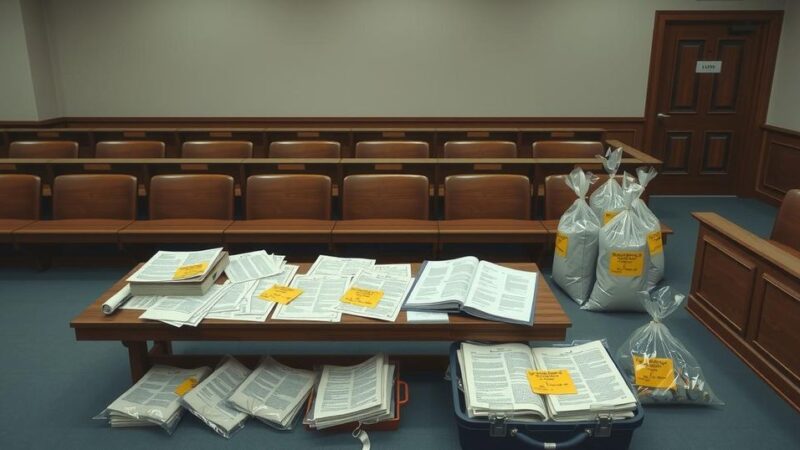The U.S.-backed Syrian Democratic Forces (SDF) have agreed to merge with the interim government in Damascus, marking a significant step toward political unification in Syria. The deal, facilitated by U.S. support, involves the SDF transferring control over key institutions, including detention facilities for Islamic State fighters. While it may enhance Kurdish political representation and reduce tensions with Turkey, significant questions remain regarding the implications for U.S. counterterrorism efforts and security in the region.
The U.S.-backed Syrian Democratic Forces (SDF) have recently agreed to merge with the interim government in Damascus, with the intention of integrating into the newly established state institutions. This agreement, which appears to have gained encouragement from the United States, signifies a strategic victory for interim President Ahmed al-Sharaa, aimed at unifying a country fragmented by years of civil war. Among the notable aspects of this deal is the transfer of control over civil and military institutions, including oil and gas resources, and responsibility for managing detention facilities with numerous Islamic State detainees.
This development presents an opportunity for enhancing political representation among Kurdish populations who have historically suffered from repression under President Bashar al-Assad’s regime. It may also help alleviate tensions between the SDF and Turkey, which views the SDF as a terrorist entity due to its links with the Kurdistan Workers’ Party (PKK). Thus far, the Turkish government has expressed support for this agreement, perceiving it as a constructive advancement.
However, the successful execution of this integration is uncertain, particularly amid ongoing sectarian violence in western Syria that resembles the complexities facing al-Sharaa in orchestrating a stable cease-fire. Retired General Joseph Votel, a former commander of U.S. Central Command, expressed a measured optimism regarding the SDF merger, acknowledging it as a positive indication for the political future of Syrian Kurds. He underscored caution over the lengthy implementation process ahead.
The merger carries substantial implications for U.S. counterterrorism efforts, potentially affecting the ongoing presence of American military personnel in Syria amidst the Islamic State’s persistent threat. Votel highlighted the organization’s attempts to re-establish its influence in the region, citing a notable rise in attacks over recent months. Currently, approximately 2,000 U.S. troops are deployed in Syria, focusing on containing the Islamic State’s resurgence.
Concerns persist regarding the repercussions of a U.S. troop withdrawal. Critics assert that such a move could empower the Islamic State, particularly as the SDF heavily relies on U.S. support to maintain security at prisons housing these fighters. Counterterrorism expert Colin P. Clarke warned that the group is likely planning jailbreaks, which would pose a significant threat if U.S. forces were to withdraw. Clarke noted that while President Trump can leverage the SDF deal to justify a troop withdrawal, he must be cautioned against the risks of allowing the Islamic State to regain strength.
In summary, the merger of the Syrian Democratic Forces with the interim government marks a significant shift in Syria’s political landscape, with potential ramifications for U.S. counterterrorism operations in the region. While the deal fosters hope for political stability and Kurdish representation, it raises pressing concerns about the future of U.S. military presence and the threat of a revived Islamic State. Stakeholders must navigate these complexities with careful consideration of the ongoing risks and challenges in the region.
Original Source: foreignpolicy.com






